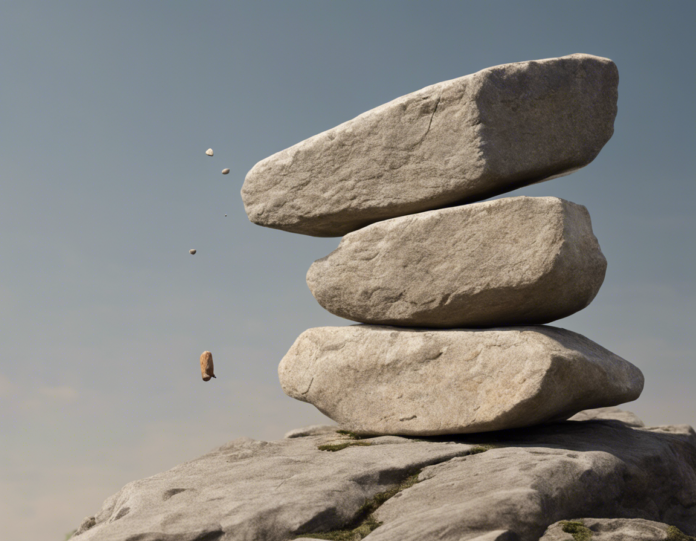When an object is thrown vertically upward, such as a stone, it follows a specific path dictated by the laws of physics. Understanding how to calculate the maximum height that the stone will reach during its flight can provide valuable insights into the projectile's motion. In this article, we will delve into the principles behind such calculations and discuss the key formulas and concepts involved.
Understanding the Motion of a Vertically Thrown Object
When a stone is thrown upward, it experiences two essential forces: gravity, which pulls it downward, and the initial velocity imparted by the throw, which propels it upward. The primary objective in determining the maximum height reached by the stone is to analyze these forces and their impact on the stone's trajectory.
Initial Velocity and Acceleration due to Gravity
The initial velocity ( v_0 ) of the stone is crucial in calculating its motion. This velocity is the speed at which the stone is thrown upward and determines the initial energy of the projectile. Additionally, the acceleration due to gravity ( g ) (approximately 9.81 m/s² on Earth) plays a significant role in governing the stone's vertical movement.
Key Formulas for Calculating Maximum Height
To determine the maximum height ( h_{\text{max}} ) that the stone reaches, we can utilize the following equations:
- Time to Reach Maximum Height (( t_{\text{max}} )): The time taken for the stone to reach its peak height can be calculated using the formula:
[ t_{\text{max}} = \frac{v_0}{g} ]
- Maximum Height (( h_{\text{max}} )): The maximum height attained by the stone can be determined as:
[ h_{\text{max}} = \frac{v_0^2}{2g} ]
- Final Velocity at Maximum Height (( v_{\text{max}} )): The final velocity of the stone when it reaches the peak can be calculated as:
[ v_{\text{max}} = 0 ]
Calculating the Maximum Height Step by Step
To calculate the maximum height of a stone thrown vertically upward, follow these steps:
-
Determine Initial Velocity: Identify the initial velocity ( v_0 ) at which the stone is thrown upward.
-
Calculate Time to Reach Maximum Height: Use the equation ( t_{\text{max}} = \frac{v_0}{g} ) to find the time taken to reach the peak.
-
Find Maximum Height: Once ( t_{\text{max}} ) is known, plug it into the equation ( h_{\text{max}} = \frac{v_0^2}{2g} ) to compute the maximum height.
Factors Affecting Maximum Height
Several factors can influence the maximum height that a stone can reach when thrown vertically upward. Some of these factors include:
- Initial Velocity: Higher initial velocities result in greater maximum heights.
- Angle of Release: For vertical throws, the angle of release is 90 degrees, impacting the height reached.
- Air Resistance: Negligible air resistance simplifies calculations but may affect real-world scenarios.
Frequently Asked Questions (FAQs)
-
Can the maximum height of a vertically thrown object be negative?
No, the maximum height represents the peak point of the object's trajectory and is always a positive value. -
Does air resistance affect the calculation of maximum height?
In ideal scenarios, air resistance is often ignored for simplification. However, it can impact the actual height reached in real-world situations. -
What units are used for velocity and acceleration in these calculations?
Velocity is typically measured in meters per second (m/s), while acceleration due to gravity is measured in meters per second squared (m/s²). -
How does changing the initial velocity affect the maximum height reached?
Increasing the initial velocity leads to a higher maximum height, while decreasing it results in a lower peak. -
Is the formula for maximum height applicable only to vertically thrown objects?
Yes, the specific formula discussed here is for objects thrown vertically upward. Different projectile motions have distinct equations for maximum height calculations.
In conclusion, understanding the principles behind calculating the maximum height of a vertically thrown object such as a stone provides valuable insights into projectile motion and kinematics. By grasping the key formulas, concepts, and factors affecting the maximum height, one can analyze and predict the trajectory of objects in vertical motion scenarios effectively.

